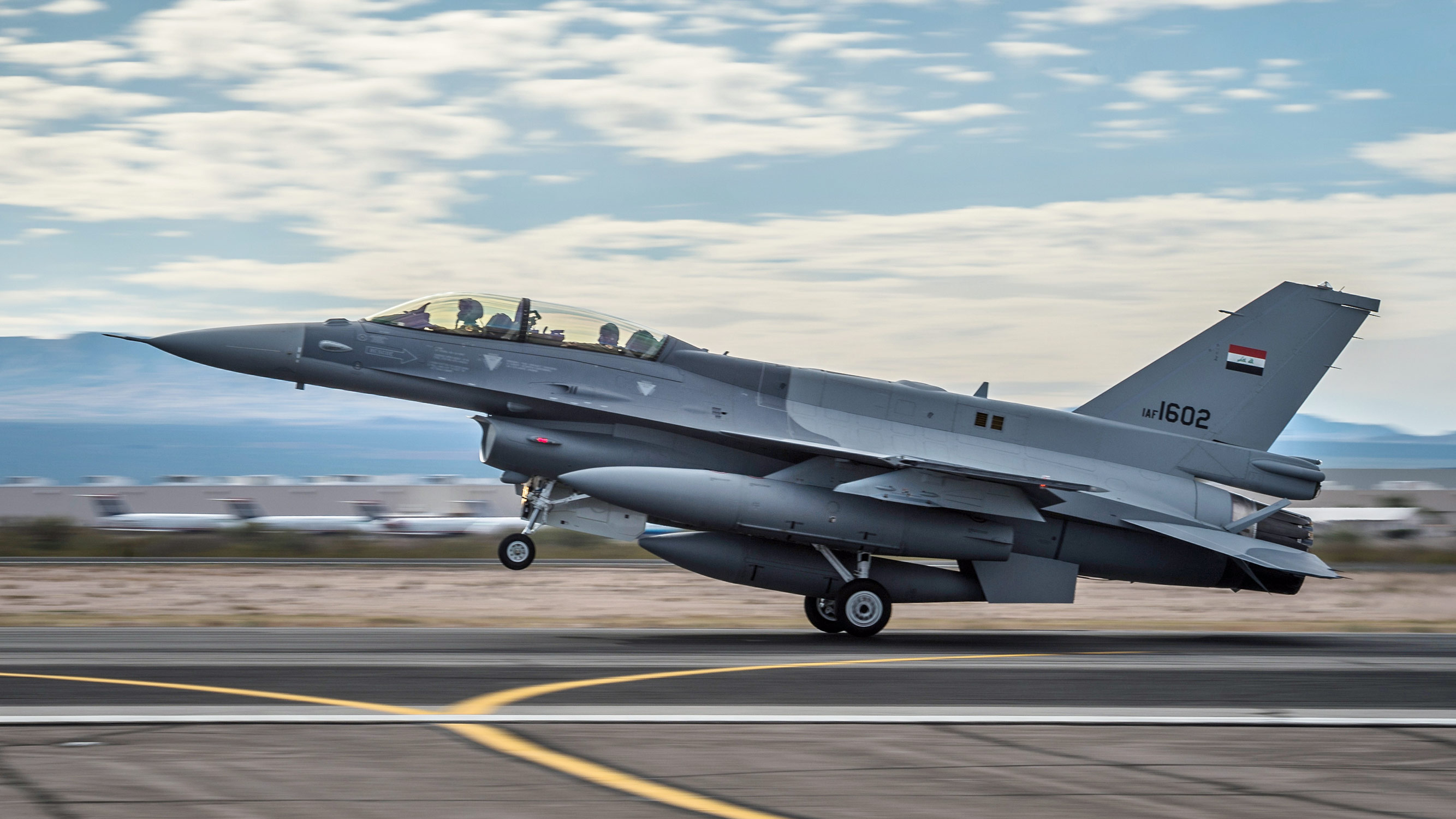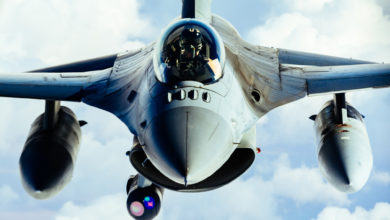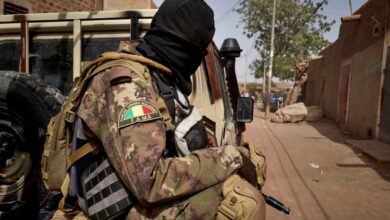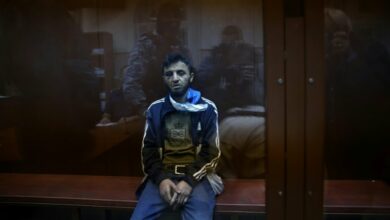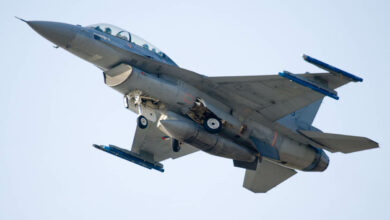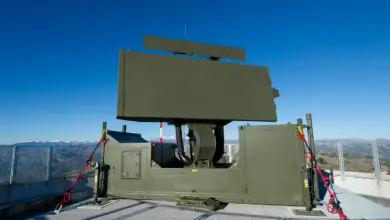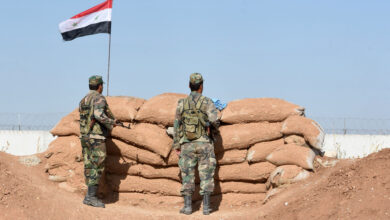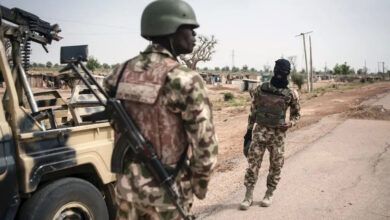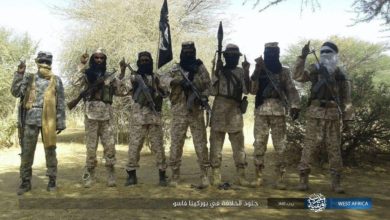Iraqi air force drops Paveway II laser-guided bombs on ISIS positions near Tikrit
Iraqi Air Force F-16 fight jets dropped GBU-10 Paveway II laser-guided bombs on Islamic State positions in northern Iraq, the Coalition against ISIS said on Tuesday, November 26.
“Two Iraqi Air Force 9th Fighter Squadron F-16s dropped two precision-guided munitions weighing 2,000 pounds each during an Iraqi-led operation to defeat Daesh fuel and vehicle storage facilities and bed-down locations,” CJTF-OIR said in a statement, using an Arabic acronym for Islamic State. “The Iraqi Air Force led the effort to include the pre-brief, execution and debrief of the mission.”
A video included in the release identified the date as November 24 and the location as in the vicinity of the Hamrin lake. ISIS once maintained an extensive tunnel system in the nearby mountains.
Two @iqAirForce 9th Fighter Squadron F-16's struck a Daesh BDL with 4,000 lbs. of precision guided munitions IVO Hamrin Lake, Iraq. Following the strike #ISF soldiers conducted a ground clearance operation to assess the strikes effectiveness and collect intelligence.#DefeatDaesh pic.twitter.com/erapeDnsm0
— Inherent Resolve (@CJTFOIR) November 26, 2019
Coalition spokesperson Colonel Myles Caggins later told The Defense Post the location was the Al Jallam zone east of Tikrit in Salah ad Din province, and that the munitions were two GBU-10 Paveway II laser-guided bombs.
Development of the Paveway series of laser-guided bombs began in the 1960s and the weapon system has seen combat use since prototypes were tested in the Vietnam war. The GBU-10 is produced by Lockheed Martin and Raytheon.
Paveway guidance kits can be fitted to a wide range of bombs, from 250 lb. to 2,000 lb., and the bombs can be carried by numerous aircraft, including Iraq’s F-16s.
“Following the strike, Iraqi Maj. Gen. Abd al-Muhsin al-Abbasi, Salah ad Din operations commander, directed a ground clearance operation to assess the strike and collect available intelligence,” the release said.
The Coalition has trained the Iraqi Security Forces since 2014 but is lately moving towards more of a mentorship relationship with the aim of making the ISF self-sustainable.
“This [strike] was achieved through good training and participation with Coalition forces on the air tasking order, and the Iraqi Air Force looks forward to a continued, strong relationship with the Coalition in the common objective of defeating Daesh,” said Iraqi Major General Falah Hassan Shwayel, Joint Operations Command-Republic of Iraq air cell director.
Iraq and the Coalition have continued to fight ISIS sleeper cells after former Prime Minister Haider al-Abadi’s declaration of the end of the war against the group in December 2017 and the end of its so-called “physical caliphate” following the recapture of Baghouz in Syria by the Coalition and Syrian Democratic Forces earlier this year.
Earlier this month, Peshmerga commander General Sirwan Barzani told The Defense Post that it was easy for ISIS to hide in tunnel networks and caves across Iraq’s mountainous terrain. Barzani said he believes there are roughly 200 ISIS fighters hiding out in the western and eastern part of the Makhmour mountains, roughly 180 km north of Tikrit.
In September, U.S. and Iraqi aircraft dropped 80,000 pounds of ordnance on in Tigris river island of Qanus to clear ISIS fighters and destroy a major ISIS transit hub from Syria and the Jazeera desert into Mosul, Makhmour and Kirkuk.

